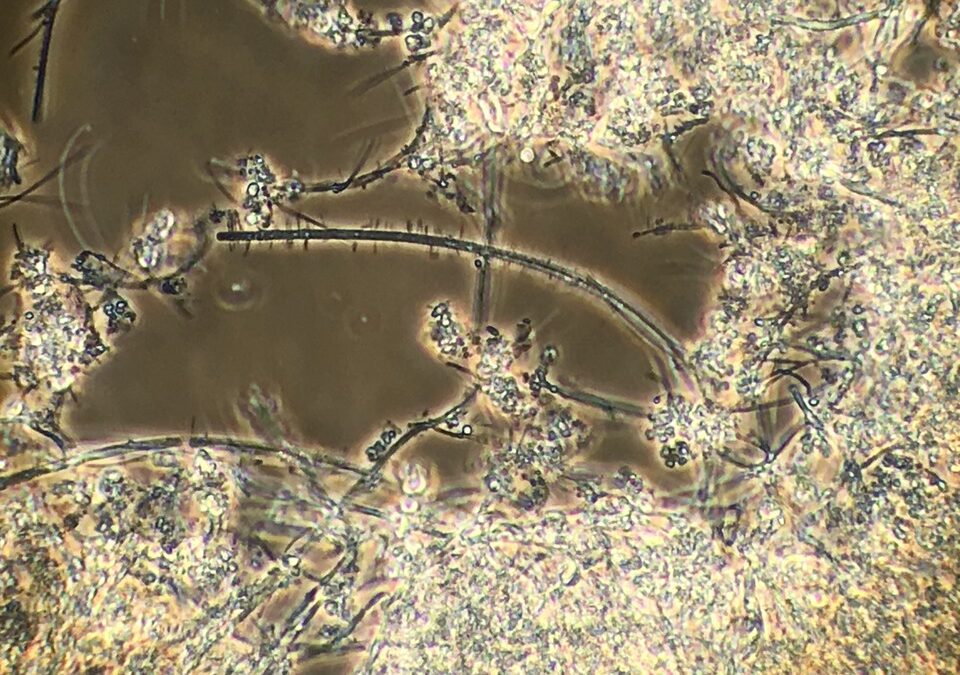by Erik Rumbaugh | Dec 10, 2024 | Uncategorized
For aerobic wastewater treatment systems, maintaining Dissolved Oxygen levels is key to efficient treatment. Operating a combination of blowers or surface aerators represents a significant use of energy/utility costs. Picking the correct aeration system and placement...
by Erik Rumbaugh | Oct 15, 2024 | Uncategorized
Nitrification is one of the most complex and crucial processes within the wastewater microbial community. This biochemical process involves the conversion of ammonia (NH₃) into nitrate (NO₃⁻) and is carried out by a specialized group of microorganisms known as...

by Aster Bio | Oct 4, 2024 | Uncategorized
In wastewater treatment and environmental monitoring, molecular testing technologies have revolutionized the way we analyze microbial populations and identify specific contaminants. But what’s the difference? qPCR vs MCA Tests… Among these technologies,...
by Erik Rumbaugh | Aug 28, 2024 | Uncategorized
When discussing wastewater system organisms, we clump organisms into functional groups based on their ecological impact(s) in wastewater treatment. After working with Microbial Community Analysis (MCA) testing for over 8 years, Aster Bio now reports % of reads in the...

by Erik Rumbaugh | Aug 19, 2024 | Uncategorized
Rapid temperature changes tend to cause more problems than gradual drift in WW. Even with slow increase in temperatures, you reach inflection points where system drifts above the growth range of most common mesophilic organisms. Most common genera in WW thrive up to...
by Erik Rumbaugh | Aug 7, 2024 | Uncategorized
Biochemistry of organic acids formation Anaerobic conditions – terminal electron acceptor is an organic compound rather than O2, NOx or SOx. Results in XCOOH (organic acids) & alcohols – this is called anaerobic or fermentative respiration Formed in collection...


